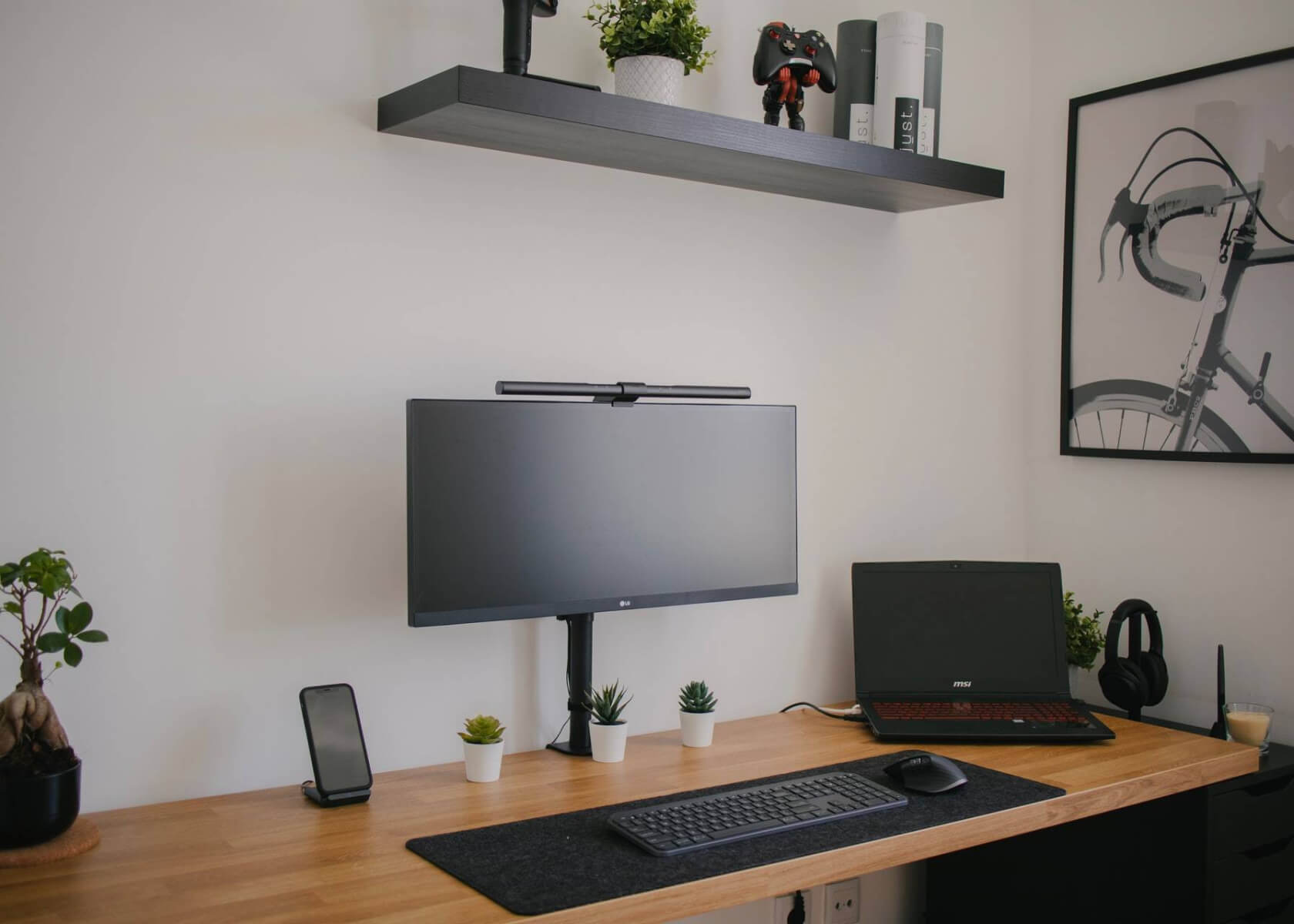Customizing Notion Templates for Personalization: A Step-by-Step Guide

New to Notion?
How to Modify Existing Notion Templates to Suit Personal Preferences?
Notion is a powerful all-in-one workspace that lets you build personalized systems using a vast array of templates. Templates provide an excellent starting point for organizing different aspects of your life, such as task management, note-taking, project planning, and more. However, a template’s default design may not align perfectly with your unique workflow or aesthetic preferences. Fortunately, Notion’s flexibility allows you to modify these templates to suit your specific needs. In this article, we explore updated tips and best practices for customizing Notion templates using the latest features and improvements.
Understanding Notion Templates
Before diving into customization, it’s helpful to understand what Notion templates offer. These pre-designed layouts give you a foundation tailored to specific use cases. They include placeholders, sample content, and pre-built blocks that can be easily modified. Notion now supports advanced customization with features like synced blocks, improved database functions, custom formulas, and even Notion AI integrations that assist in generating and refining your content.
Notion offers a vast library of templates created by the Notion team as well as a thriving user community. These templates cover a wide range of uses, including personal planning, project management, knowledge bases, and more. To access templates, simply click on Templates at the top of your sidebar and browse the available options.
Modifying Notion Templates
Below are some steps you can follow to customize existing Notion templates to match your personal style and workflow:
- Understand Your Needs
Before making changes, take time to assess your specific needs. Consider what information you want to track, how you like to organize it, and any unique requirements you have. This clarity will guide your customization process.
- Duplicate the Template
To avoid altering the original template, make a duplicate first. Right-click on the template you want to modify and select Duplicate. This creates an independent copy in your workspace, allowing you to experiment freely without impacting the original layout.
- Rearrange or Delete Existing Blocks
Most templates include pre-built blocks and placeholders. Depending on your workflow, drag blocks to new locations or click on the three-dot menu on each block and select Delete if it isn’t needed. This step helps you build a structure that fits your personal process.
- Customize Titles and Placeholders
Replace any placeholder text with your own content. Click on a title or placeholder and begin typing. Customize further by formatting text, adjusting font sizes, or adding bullet points to create a visually appealing and uniquely organized workspace.
- Add or Remove Properties
Templates often come with predefined properties such as text fields, checkboxes, or date fields. Update these to reflect your needs. To add or remove properties, click on the + icon in the toolbar and select the desired property type. This helps you keep track of and categorize your information effectively.
- Customize Views
Notion’s view options—including table, gallery, board, and calendar—offer different perspectives on your data. Experiment with these views by clicking on the View button at the top right of your template. You can now enjoy improved filtering options, custom sorting, and advanced formulas to visualize your data exactly how you want it.
- Integrate with Other Tools or Databases
One of Notion’s standout features is its ability to integrate with external tools. With continuous updates, integrations have become even more robust. You can connect your template to services like Google Calendar, Trello, GitHub, or explore new connections via the Notion API for custom workflows. These integrations enhance functionality and further tailor your template to your workflow.
- Experiment and Iterate
Customization is an ongoing process. As you begin to use your modified template, don’t hesitate to experiment with new arrangements or features. Notion’s flexibility means you can continually refine your layout as your needs evolve. New features like Notion AI and synced blocks enable you to keep your workspace both productive and enjoyable.
Conclusion
Notion’s extensive library of templates is a fantastic starting point for organizing your life. However, true productivity comes when the workspace is personalized to reflect your workflow and preferences. By following the steps above, you can modify existing Notion templates to create a system that not only enhances productivity but also brings joy and satisfaction to your daily use. Experiment, iterate, and enjoy building your perfect Notion workspace!


